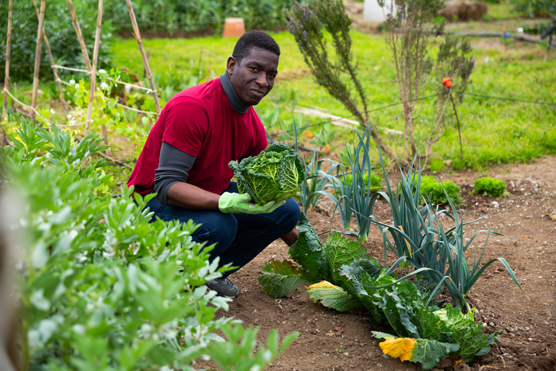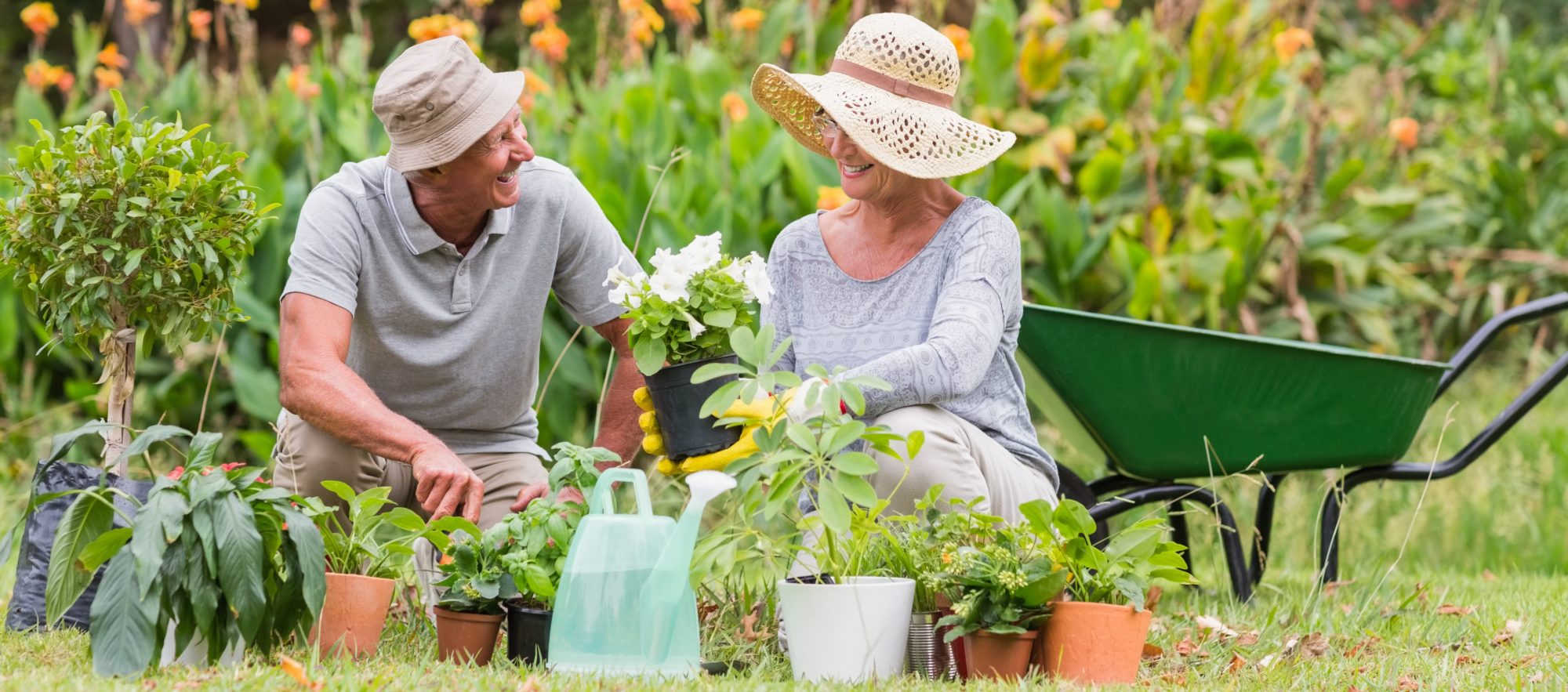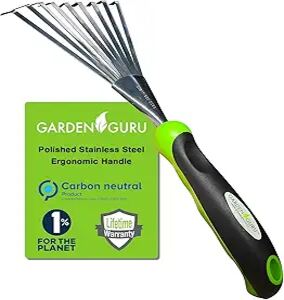Innovative Gardening Ideas to Make The Most Of Small Areas and Returns
Innovative Gardening Ideas to Make The Most Of Small Areas and Returns
Blog Article
Recognizing the Different Types of Gardening and How They Contribute to a Much Healthier Way Of Living and Atmosphere

Benefits of Veggie Gardening
Numerous people are progressively identifying the myriad benefits of veggie gardening as an essential component of a much healthier lifestyle. Involving in vegetable horticulture provides countless physical wellness benefits, consisting of raised physical activity, which enhances cardio wellness and advertises overall physical fitness. The act of growing, weeding, and harvesting calls for movement and can help combat sedentary habits, adding to weight monitoring and improved muscle mass tone.
In addition, growing one's very own vegetables considerably improves nutritional quality. Organic produce is usually fresher and a lot more nutrient-dense compared to store-bought alternatives, as it can be eaten shortly after harvest. This ease of access urges a better consumption of vegetables and fruits, which are crucial for protecting against persistent illness.
In addition, vegetable horticulture fosters mental well-being by providing a healing outlet for stress and anxiety relief and leisure. Jointly, these benefits underscore the relevance of vegetable horticulture as a cornerstone of a much healthier way of life.
Checking Out Flower Gardening

Along with visual advantages, flower gardening sustains local communities. Lots of blooming plants attract pollinators, such as bees and butterflies, which are crucial for preserving biodiversity. The visibility of diverse vegetation can additionally boost dirt wellness, as various plants contribute to vitamins and mineral cycling and boost dirt framework.
Additionally, blossoms can play a considerable function in advertising sustainable techniques. Many garden enthusiasts opt for native or drought-resistant types, which need much less water and marginal chemical inputs. This strategy not just profits the environment but likewise motivates accountable gardening routines.
Ultimately, flower gardening acts as an important element of an alternative horticulture strategy. Gardening. By cultivating beauty and supporting local communities, it harmonizes with vegetable horticulture and highlights the value of supporting both our physical and mental well-being through nature
Container Gardening Benefits
Container gardening offers numerous advantages that make it an enticing alternative for both newbie and knowledgeable gardeners. Among the key advantages is its convenience; containers can be put on outdoor patios, terraces, and even inside, enabling horticulture in areas with limited ground access. This adaptability allows individuals in urban environments or those with tiny backyards to cultivate plants effectively.
Additionally, container gardening supplies enhanced control over dirt high quality Learn More and moisture degrees. Gardeners can pick specific dirt mixes to maximize plant health and wellness and mitigate concerns like weeds and insects. The movement of containers also enables simple moving to take full advantage of sunshine exposure or shield plants from stormy weather condition.
Additionally, container yards can be visually pleasing, supplying a chance for creative thinking in design. Gardening. They can offer as decorative aspects that enhance outside or interior spaces while advertising biodiversity by attracting pollinators
Finally, container horticulture can add to a much healthier way of living by encouraging physical task, as it usually entails lifting, growing, and maintaining plants. Generally, the benefits of container horticulture make it an available and gratifying technique for those seeking to enhance their way of living and environment.
The Surge of Vertical Gardening
As metropolitan rooms become increasingly crowded, the pattern of vertical gardening has actually removed, allowing individuals to maximize their gardening capacity in restricted locations. This innovative method includes growing plants in upright frameworks, such as wall-mounted planters, trellises, or specialized vertical yard systems. The charm of upright horticulture exists not just in its reliable use of area yet additionally in its visual payment to urban environments, transforming bare walls into lush eco-friendly landscapes.
Vertical gardens can be installed in homes, verandas, and neighborhood spaces, providing a platform for expanding a variety of plants, including natural herbs, veggies, and ornamental blossoms. This technique motivates biodiversity and can improve air high quality by filtering pollutants while promoting a connection to nature in largely inhabited areas. Additionally, upright horticulture offers useful benefits, such as improved yield per square foot, making it an appealing option for urban garden enthusiasts looking for to grow their own food.

Lasting Practices in Gardening
Accepting lasting practices in gardening is crucial for promoting ecological health and making sure the practicality of our natural resources. Sustainable gardening techniques focus on decreasing environmental effect, saving water, and promoting biodiversity. By carrying out techniques such as natural horticulture, garden enthusiasts can lessen the usage of artificial plant foods and chemicals, which can damage neighborhood ecological communities.
Friend growing is an additional reliable lasting approach, where particular plants are grown together to enhance development and prevent parasites normally. In addition, making use of indigenous plants in landscaping supports regional wildlife and needs less upkeep, as they are naturally adjusted to the regional climate and soil problems.
Water preservation strategies, such as rain harvesting and drip watering, help to efficiently manage water sources, hence decreasing waste. In addition, composting organic waste not just enhances the soil but also decreases land fill contributions, advertising a circular economic climate.
Lastly, exercising plant turning and cover chopping improves dirt health and minimizes the risk of pest invasions. By integrating these lasting practices, gardeners can produce resilient environments that add to a much healthier way of living while protecting the setting for future generations.
Conclusion

Finally, the varied techniques of horticulture, including vegetable, blossom, container, and upright link horticulture, collectively promote a much healthier lifestyle and boost ecological sustainability. Each kind uses distinct advantages, from providing fresh fruit and vegetables and drawing in pollinators to optimizing minimal rooms and encouraging biodiversity. By fostering sustainable techniques, these gardening approaches not just contribute to specific health but also support more comprehensive ecological conservation efforts, inevitably decreasing reliance on commercial agriculture and enhancing area durability.
Report this page